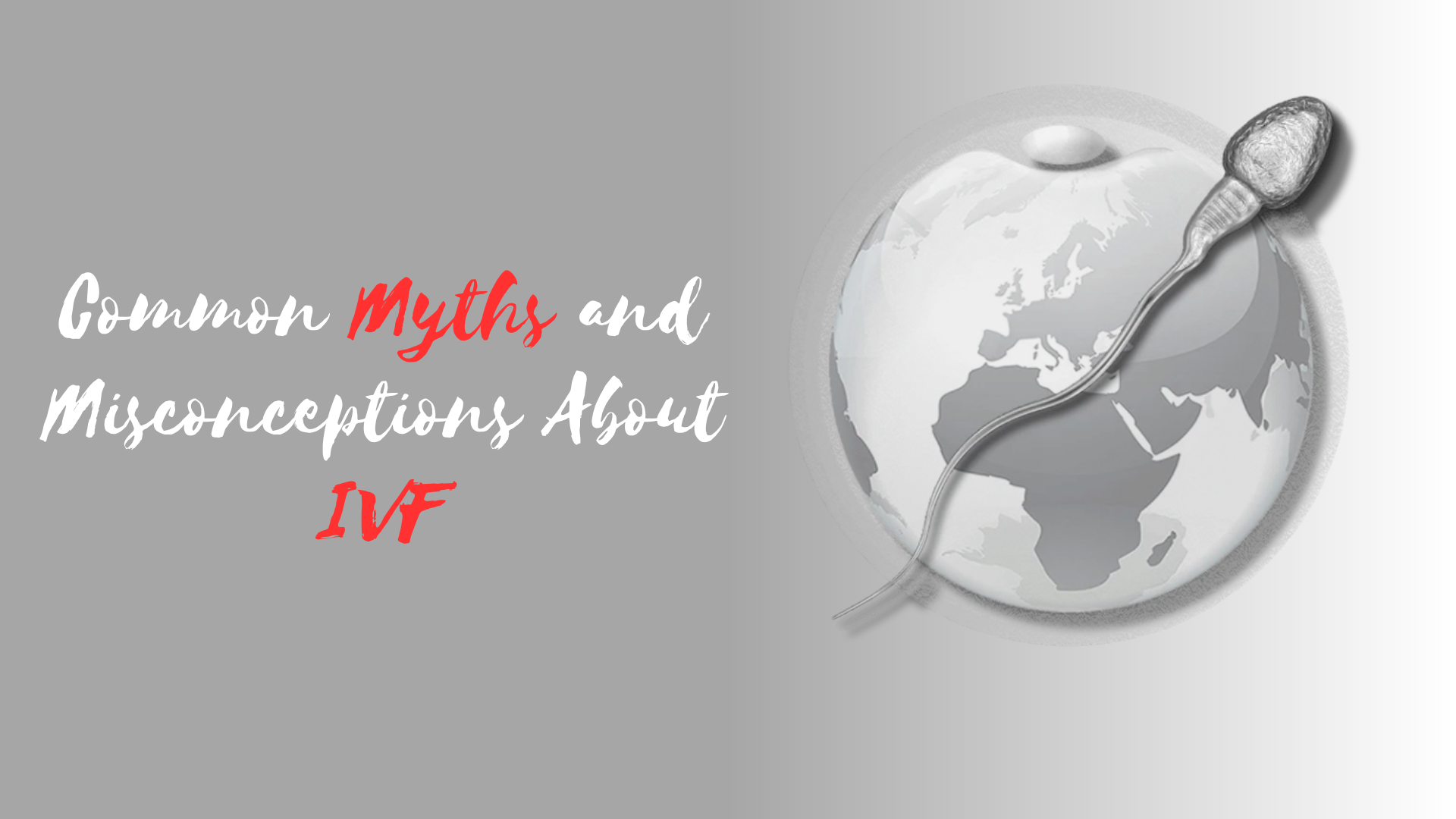In Vitro Fertilization (IVF) has revolutionized the field of reproductive medicine, offering hope to millions of couples facing infertility. Despite its widespread acceptance, IVF is still surrounded by various myths and misconceptions that can lead to confusion and apprehension for those considering or undergoing fertility treatments. In this blog, we will debunk some of the most common myths and misconceptions about IVF to provide a clearer understanding of this transformative fertility treatment.
Myth 1: IVF Always Results in Multiple Pregnancies
One of the most prevalent myths about IVF is that it always leads to multiple pregnancies. While multiple pregnancies are possible with IVF, advancements in assisted reproductive technology have allowed for better control over the number of embryos transferred. With the practice of elective single embryo transfer (eSET), the risk of multiple pregnancies has significantly decreased, thereby ensuring safer pregnancies and healthier outcomes for both the mother and babies.
Myth 2: IVF Is the First and Only Option for Infertility Treatment
IVF is a highly effective treatment, but it is not the first and only option for infertility. The course of treatment depends on various factors, including the cause of infertility, the age of the individuals involved, and previous fertility treatments. Depending on the diagnosis, less invasive and more affordable options like fertility medications, intrauterine insemination (IUI), or surgical interventions may be recommended before proceeding to IVF.
Myth 3: IVF Is Only for Older Couples
While age can affect fertility, IVF is not exclusively for older couples. Individuals and couples facing various infertility issues, regardless of age, can benefit from IVF. The success rates of IVF are influenced by multiple factors, including the age and health of both partners and the quality of the embryos used in the procedure.
Myth 4: IVF Always Guarantees a Successful Pregnancy
IVF is a well-established and successful fertility treatment, but it does not guarantee a pregnancy in every case. Success rates can vary based on several factors, including age, overall health, underlying fertility issues, and the quality of embryos. It is essential to approach IVF with realistic expectations, understanding that it may take more than one cycle to achieve a successful pregnancy.
Myth 5: IVF Is Unsafe and Harmful
IVF is a safe and thoroughly researched medical procedure, and serious complications are rare. The process is closely monitored by a team of medical professionals who prioritize the safety and well-being of patients. Like any medical treatment, IVF does carry some risks, but they are generally minor and infrequent.
Myth 6: IVF Always Results in "Test Tube" Babies
The term “test tube baby” is a common misconception associated with IVF. In reality, IVF involves fertilization taking place in a petri dish, not a test tube. The embryos are then cultured in the lab for a few days before being transferred to the woman’s uterus for implantation.
Myth 7: IVF Is the Same for Everyone
IVF is a highly personalized treatment that is tailored to each individual or couple’s specific needs. The treatment plan is based on various factors, including the underlying cause of infertility, medical history, age, and other individual considerations. The treatment protocol may differ from one person to another.
Myth 8: IVF Leads to Birth Defects
Research has shown that the risk of birth defects with IVF is not significantly higher than with natural conception. However, certain factors, such as the age of the mother and the presence of pre-existing genetic conditions, can influence the risk of birth defects in any pregnancy, including those resulting from IVF.
Myth 9: IVF Always Involves "Designer Babies
The idea of “designer babies” is a myth associated with IVF. IVF is primarily used to treat infertility and is not intended for genetic manipulation. While preimplantation genetic testing (PGT) is an option for screening certain genetic conditions, it is not used for altering physical traits or selecting specific characteristics of the baby.
Conclusion
Debunking the myths and misconceptions surrounding IVF is crucial to fostering a better understanding of this life-changing fertility treatment. IVF offers hope to countless couples worldwide and has enabled the fulfilment of dreams of parenthood for many. With advancements in medical technology and personalized treatment plans, IVF continues to evolve, providing improved outcomes and opportunities for those facing infertility challenges. It is essential to seek information from reputable sources and consult with qualified fertility specialists to gain a comprehensive and accurate understanding of IVF and its potential to help individuals and couples build the families they desire.


Add Your Comment